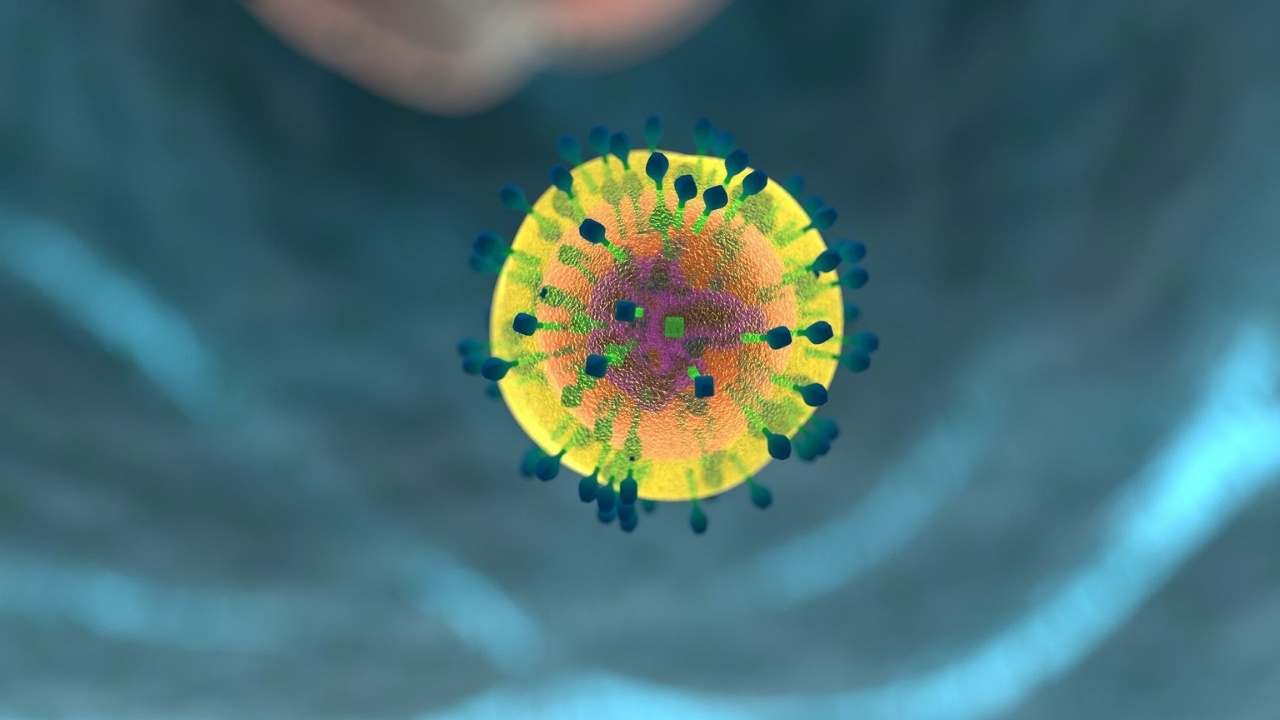
What is Notch signaling? Notch signaling is a crucial cell communication system that helps cells decide their fate. This pathway influences how cells grow, divide, and even die. Why is it important? It's vital for proper development in embryos and maintaining tissue health in adults. How does it work? Cells use Notch receptors on their surfaces to receive signals from neighboring cells. When a signal binds to a Notch receptor, it triggers a series of events inside the cell, leading to changes in gene expression. What can go wrong? Malfunctions in Notch signaling can lead to diseases like cancer, heart defects, and neurological disorders. Why should you care? Understanding Notch signaling can lead to better treatments for these conditions. Ready to learn more? Let's dive into 28 fascinating facts about Notch signaling!
What is Notch Signaling?
Notch signaling is a fundamental cell communication system that plays a crucial role in various biological processes. It helps cells decide their fate, ensuring proper development and function. Here are some fascinating facts about this essential pathway.
-
Notch signaling is named after the "Notch" gene, first discovered in fruit flies due to its role in wing development.
-
This pathway is highly conserved across species, from simple organisms like worms to complex ones like humans.
-
Notch signaling involves direct cell-to-cell communication, meaning cells must be in close contact for the pathway to work.
-
The pathway is crucial for embryonic development, influencing the formation of tissues and organs.
Components of Notch Signaling
Understanding the key players in Notch signaling helps grasp how this pathway operates.
-
The Notch receptor is a protein that spans the cell membrane, acting as a bridge for signals from outside to inside the cell.
-
Ligands like Delta and Jagged bind to the Notch receptor, initiating the signaling process.
-
Upon ligand binding, the Notch receptor undergoes a series of cleavages, releasing the Notch intracellular domain (NICD).
-
NICD travels to the cell nucleus, where it influences gene expression by interacting with other proteins.
Functions of Notch Signaling
Notch signaling impacts numerous cellular functions, making it vital for organismal health.
-
It regulates cell differentiation, helping stem cells decide what type of cell to become.
-
The pathway controls cell proliferation, ensuring cells divide at the right time and place.
-
Notch signaling maintains tissue homeostasis, balancing cell production and death.
-
It plays a role in immune system function, influencing the development of T-cells.
Notch Signaling in Disease
When Notch signaling goes awry, it can lead to various diseases and disorders.
-
Abnormal Notch signaling is linked to several cancers, including leukemia and breast cancer.
-
Mutations in Notch pathway components can cause congenital disorders like Alagille syndrome.
-
Overactive Notch signaling is associated with vascular diseases, contributing to abnormal blood vessel formation.
-
Neurodegenerative diseases like Alzheimer's have been connected to dysregulated Notch signaling.
Research and Therapeutic Potential
Ongoing research aims to harness Notch signaling for therapeutic purposes.
-
Scientists are exploring Notch inhibitors as potential cancer treatments, aiming to block the pathway in tumor cells.
-
Gene therapy approaches are being developed to correct Notch signaling defects in genetic disorders.
-
Researchers are investigating ways to modulate Notch signaling to promote tissue regeneration and repair.
-
Understanding Notch signaling can provide insights into stem cell biology, potentially leading to advances in regenerative medicine.
Interesting Tidbits
Here are some lesser-known, yet intriguing aspects of Notch signaling.
-
Notch signaling can function in a "lateral inhibition" manner, where one cell prevents its neighbors from adopting the same fate.
-
The pathway's name comes from the notched wings observed in fruit flies with mutations in the Notch gene.
-
Notch signaling is involved in the development of sensory organs, including the inner ear and retina.
-
The pathway's components are highly modular, allowing for diverse and context-specific signaling outcomes.
Future Directions
The future of Notch signaling research holds promise for new discoveries and applications.
-
Advances in single-cell sequencing are providing detailed insights into how Notch signaling operates in different cell types.
-
New imaging techniques are allowing scientists to visualize Notch signaling in real-time within living organisms.
-
Synthetic biology approaches are being used to engineer artificial Notch signaling pathways for research and therapeutic purposes.
-
Collaborative efforts between biologists, chemists, and engineers are driving innovative solutions to manipulate Notch signaling for medical applications.
Final Thoughts on Notch Signaling
Notch signaling is a fascinating and crucial part of how cells communicate and develop. This pathway influences everything from embryonic development to adult tissue maintenance. Understanding it better can lead to breakthroughs in treating diseases like cancer, heart conditions, and neurodegenerative disorders. Scientists are constantly uncovering new aspects of this pathway, making it a hot topic in medical research.
Knowing these 28 facts gives you a solid foundation on the subject. Whether you're a student, a researcher, or just curious, this knowledge can help you appreciate the complexity and importance of cellular communication. Keep an eye on future discoveries in this field—they're bound to be exciting and impactful. Thanks for joining us on this journey through the world of Notch signaling!
Was this page helpful?
Our commitment to delivering trustworthy and engaging content is at the heart of what we do. Each fact on our site is contributed by real users like you, bringing a wealth of diverse insights and information. To ensure the highest standards of accuracy and reliability, our dedicated editors meticulously review each submission. This process guarantees that the facts we share are not only fascinating but also credible. Trust in our commitment to quality and authenticity as you explore and learn with us.
